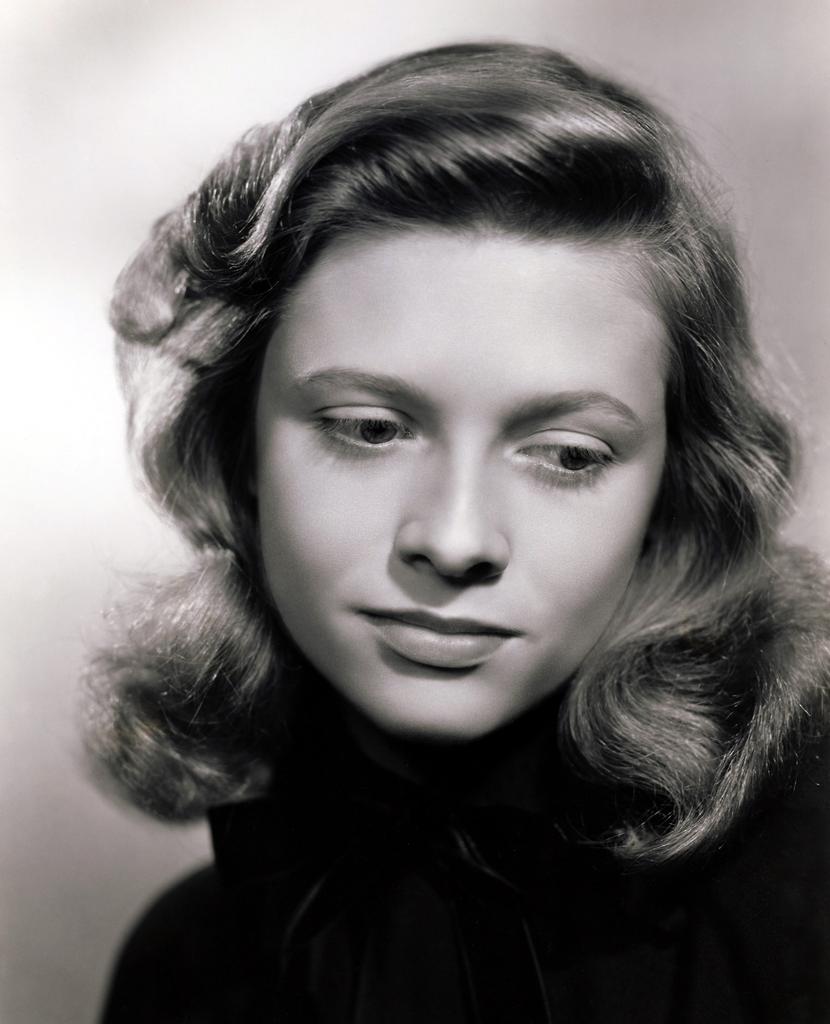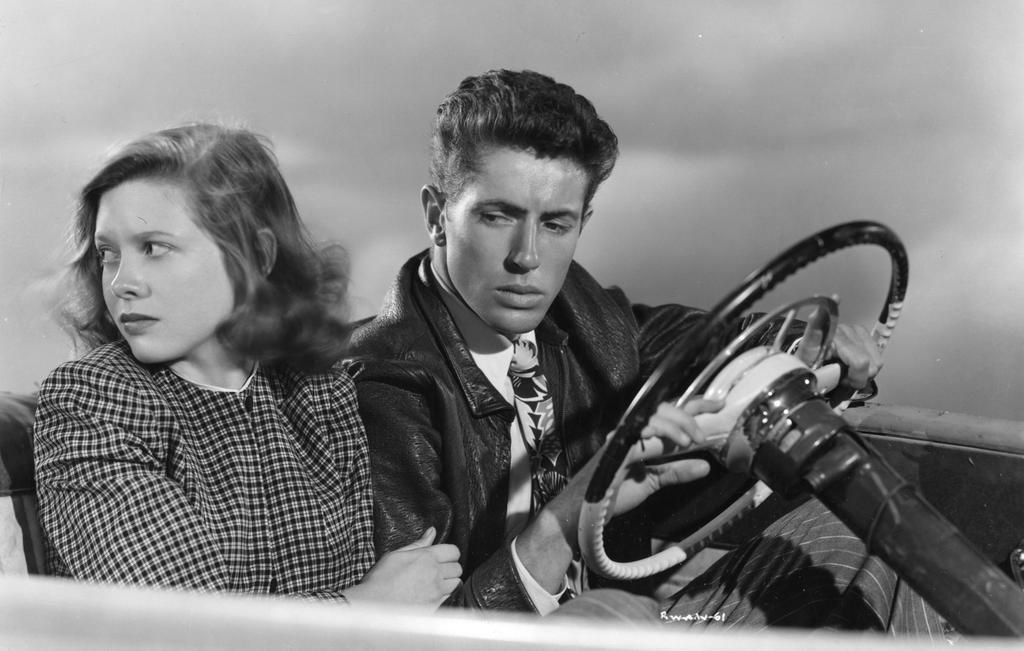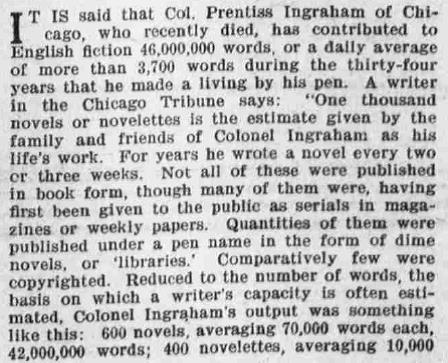I recently had lunch at Taste of Thailand [very good food] in Hoover, and noticed the empty shop seen below in the same commercial strip. I have no idea how long the store operated, but there was a comment posted on Yelp in December 2007. I realized this ghost sign offered a chance to drag out some old Birmingham Barons baseball cards I salvaged when my son was about to toss them. I can also wax nostalgic about baseball cards in general.
The cards have been around for a long time. According to Wikipedia, trade cards featuring baseball players began to appear in the late 1860's in the U.S. Modern card history began in the late 1940's. Markets for the cards have ebbed and flowed over the years depending on economic factors, world wars, and such baseball-related events as the 1994 players strike. Cards have been marketed mainly to adults, children or collectors or more than one of these groups at various times. Baseball cards appeared in other countries as early as the late 1890's when they became available in Japan. Cuba followed in 1909 and Canada in 1912.
The Birmingham Barons have a long history beginning in 1885 that you can read about here and here. At times the team has left the city as owners change; the current team arrived in 1981 under the aegis of the Detroit Tigers. The team moved from classic Rickwood Field to the larger Hoover Met beginning with the 1988 season. In 2013 the Barons moved back downtown to Regions Field next to Railroad Park.
Thus the 1989 Barons' cards below are from the team's second year at the Met. The final card is from the 1991 season, also at the Met. The Barons won the West Division of the Southern League in both of those seasons. The back of each of these cards gives personal information about the players as well as their professional baseball achievements. I wonder how many of them are still associated with baseball in some way?
Baseball cards have survived a long time. Apparently the market for vintage paper cards is robust. Now you can even buy digital cards, but they wouldn't be the same. I can't imagine how you would attach them with clothes pins to your bicycle spokes and ride around making that cool noise like my friends and I used to do back in the day.
Now for the big question--who tossed MY baseball cards?? Well, probably mom, as the cliche goes, but it doesn't really matter now. I didn't have any Honus Wagner or Ty Cobb or Babe Ruth cards anyway.....might have had Roger Maris and Mickey Mantle, though!!







































